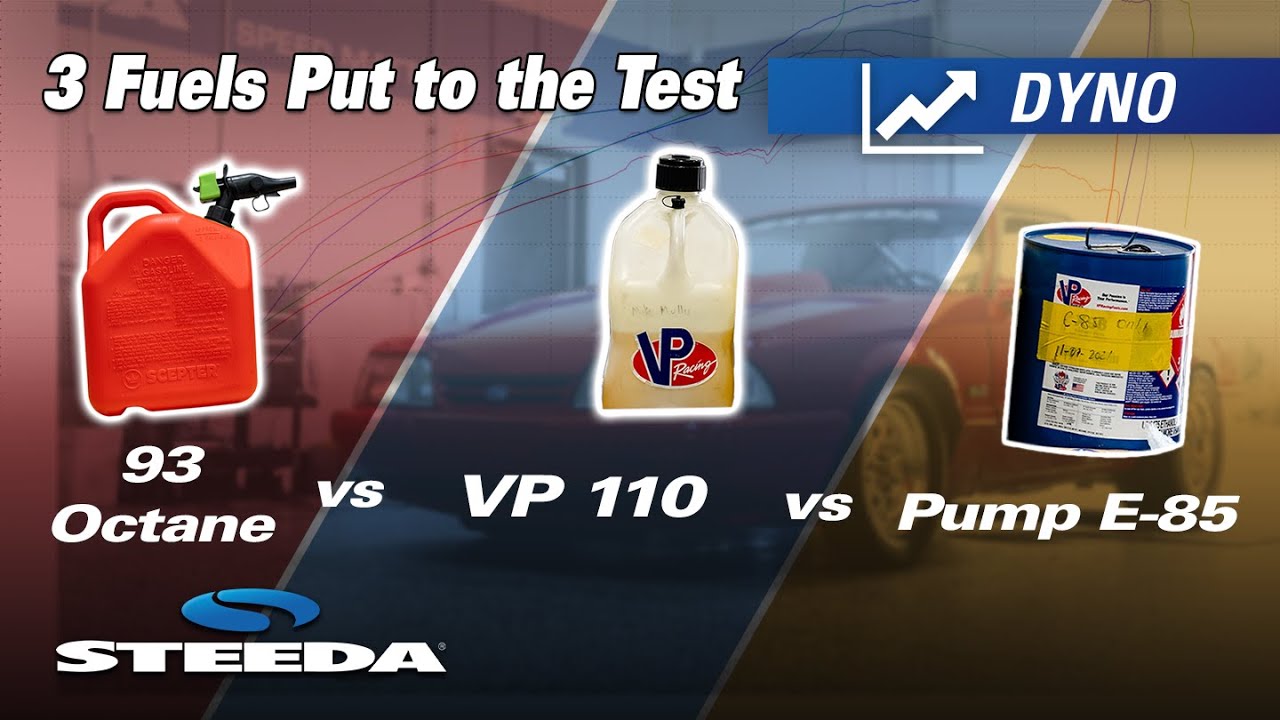My imput into this discussion is based on the US government's choicel of how ethanol is produced. As others have said, ethanol in the US if produced from corn. If you look at the ratio of energy produced to create one unit of ethanol, there is nearly no energy produced from the process compared to what is used during the conversion. The US government subsidizes (or used to) farmers to produce corn to produce ethanol.
Let's look at Brazil, for example. They use surplus sugar cane to produce ethanol. From my understanding, most cellulose based crops can produce ethanol. Not all crops are created equal when we discuss converting the crops to ethanol. Sugar cane is a much better crop for producing ethanol. The conversion is much more efficient than corn. The ratio makes sense, especially considering that they are using their surplus crops and not forcing farmers to produce something they wouldn't already be producing. Brazil is using the ethanol and blending it with their gasoline to keep costs lower.
I personally have a tuned hemi that works well with ethaol-free 90 or 93. I live within 5 miles of work and the only time I take longer trips, I am towing. Otherwise, we take my wife's Mazda CX-9 that can run on anything. So, I prefer higher octane fuels with the most fuel density as possible.
Otherwise, I am an avid motorcyclist. I only run ethanol-free fuels in my bikes. I bring the octane up on my fuel choice with a quality additive, since they all require at least 91. My dirtbikes are still carbureted. I've had to rebuild the carb in my KTM three times because I left ethanol fuel in the float bowl by accident.
Another issue that I have with fuels that are blended with octane is that they degrade over time quicker than straight gasoline. You can watch shows on motortrend TV (I like roadkill), where people get cars in a junk yard running off what was stored in the tank 20 years ago. I've read that ethanol can seperate from gasoline as soon as one month during storage. I've also read that additives, such as Stabil do nothing to prevent this from happening. The only fuel additive that I've read that has any chance to save ethanol blended fuel is star tron.
If I had a turbo vehicle that could use E85, I would consider that option. I read a story of a WRX owner who had a highly modified car that made a 100 horsepower increase using the fuel after tuning for it. The car fulling took advantage of the increased ethanol rating of the fuel.
In summary, I would support the usage of ethanol more if I needed to drive more miles to work and I needed the cost savings, if the US produced it more effiicienty, and if I had a vehicle that could gain a performance advantage from the fuel.


